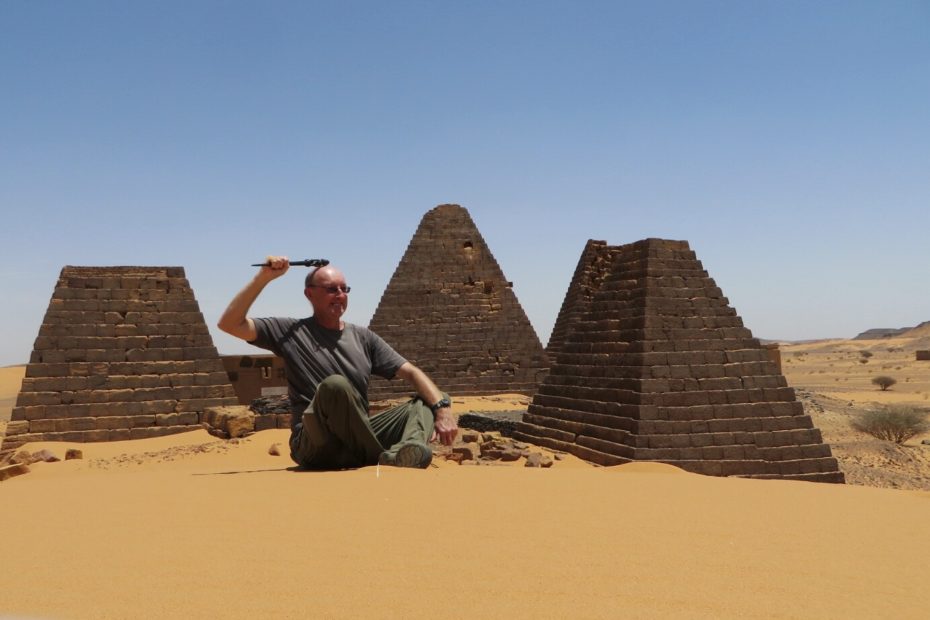Traveling the lyrics of Ian Dury
Once again the chance arrived to tick off another destination in my pointless quest to travel the lyrics in Ian Dury’s, Hit Me With Your Rhythm Stick. Even without its link to the opening line of the legendary (ish) song I would have gone to Sudan anyway, precisely because it’s near the bottom of the list of places to go to for sensible people and near the top of the list of places the US government doesn’t like, which is one of the world’s most reliable indicators of a friendly reception, as long as they aren’t actually dropping bombs on it at the time.
The first task of finding a suitable location, that is a desert, was, if anything too easy, as Sudan mostly consists of sand, the principal component of deserts. It does a good line in: sand with rocks of varying shapes and sizes; sand with enormously long distances between items of vegetation; sand with desolate, poorly constructed villages with no discernible means of earning an income and sand with more sand. What it doesn’t do a lot of is sand with things most tourists would want to look at. In reality this is, in any practical measure, a list of one, The Pyramids of Meroe, as the remaining ancient ruins in the country aren’t really up to the standard of Egypt’s monuments, if you’ve come from the north or the churches of Ethiopia if you’ve come from the south. If you’ve come from South Sudan, Eritrea or Chad you are in all likelihood running away from being shot at and probably not considering a detailed tourist itinerary.

Hit me with your rhythm stick
These pyramid tombs, the oldest of which dates back to the 8th century BC, are a profound statement of Sudanese common sense: when it’s over 40C much of the year, why go to all the effort of lugging bloody great rocks around to build something as big as Egypt’s pyramids, when you can knock out something far smaller and sit in the shade drinking tea instead of giving yourself back ache. Among some Arabs there’s a stereotypical view of the Sudanese as being lazy, I would rather view them as being eminently sensible instead.
These structures would have been more impressive if the Italian “archeologist”, Guiseppe Ferlini hadn’t dropped by in 1834 and decided to pull them apart looking for treasure. Against all odds I did in fact encounter a group of three tourists on the site who were Italian but I charitably neglected to press them on the sins of their forefather, which admittedly could have been countered by the sins of my own forefathers who massacred thousands of Sudanese in the name of God, King and Country.
Getting to the pyramids was an easy matter of asking a bus driver to drop me off near the site, not far from the main road between Khartoum and Atbara but inconveniently in the middle of nowhere. Thus the unknown quantity of hitch hiking was the only means back but in the seconds I took thinking, “is it worth putting my thumb out for this truck”, it pulled over and took me all the way back. The driver and his mate were of course as charming as the rest of their countrymen. I think Ian Dury would have liked Sudan, at least until he needed a drink.
See also: On the road to Mandalay In the wilds of Borneo




